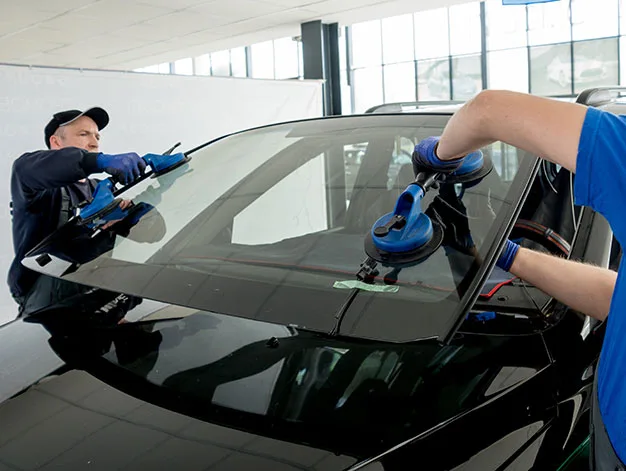The Essential Role of Edge Treatments in Enhancing Auto Glass Durability
Glass breaks easily... unless the edges are treated! This makes auto glass:
- More resistant to chips and cracks: Important for safety
- Longer-lasting: Protects from weather and impacts
- Meet safety standards: Edge treatments are often required by law
Ask about edge treatments when getting the glass replaced.
Edge treatments enhance auto glass durability. They increase strength, impact resistance, and environmental damage prevention. This happens through processes like polishing, tempering, and laminating. Essential for vehicle safety, these treatments ensure glass meets stringent safety standards.

Understanding Auto Glass and Its Importance
Auto glass is not just a visual element; it plays a pivotal role in a vehicle's structural integrity and safety. From windshields to side windows, the glass used in automobiles must withstand various stresses, including environmental factors, collisions, and everyday wear and tear.
Why Edge Treatments Matter
Edge treatments are specialized processes applied to the edges of auto glass. These treatments are crucial for several reasons:
Enhancing Strength and Durability: The edges of the glass are inherently weaker than its center. Treating these edges increases the overall strength of the glass, making it more resistant to cracks and breaks.
Improving Impact Resistance: In the event of a collision, treated edges are less likely to shatter, thereby offering better protection to passengers.
Preventing Environmental Damage: Edges treated with protective coatings can resist damage caused by exposure to harsh environmental conditions, such as extreme temperatures and corrosive substances.
Types of Edge Treatments
Several types of edge treatments are employed to enhance the durability of auto glass:
Polishing: This process smoothens the rough edges, reducing the likelihood of cracks and chips.
Tempering: By heating and rapidly cooling the glass, tempering strengthens it and makes it more impact-resistant.
Laminating: A layer of protective material is bonded to the glass, offering an additional barrier against damage.
The Process and Technology Behind Edge Treatments
The technology and processes involved in edge treatment are both intricate and fascinating. We use advanced machinery and precise techniques. They ensure that each piece of glass is treated the same. This makes the glass consistent in quality and performance.
Edge Treatment and Safety Regulations
There are stringent safety regulations governing the quality and durability of auto glass. Edge treatments play a vital role in ensuring that these safety standards are met or exceeded, contributing to the overall safety of vehicles on the road.
Innovations in Edge Treatment Technologies
The field of auto glass edge treatments is always changing. New methods and tech are being developed. They make auto glass stronger and tougher. These innovations improve safety. They also make the glass last longer. They offer better value to consumers.
Choosing the Right Edge Treatment for Your Vehicle
When choosing auto glass or treatments, you must know the edge treatments. You must also understand their benefits. Talking to a professional can give valuable insights. They can help you find the best choice for your vehicle.
Conclusion
In conclusion, edge treatments are key to auto glass durability. They greatly impact vehicle safety and longevity. Understanding edge treatments' types, processes, and benefits is essential. This is true for vehicle owners and makers.
